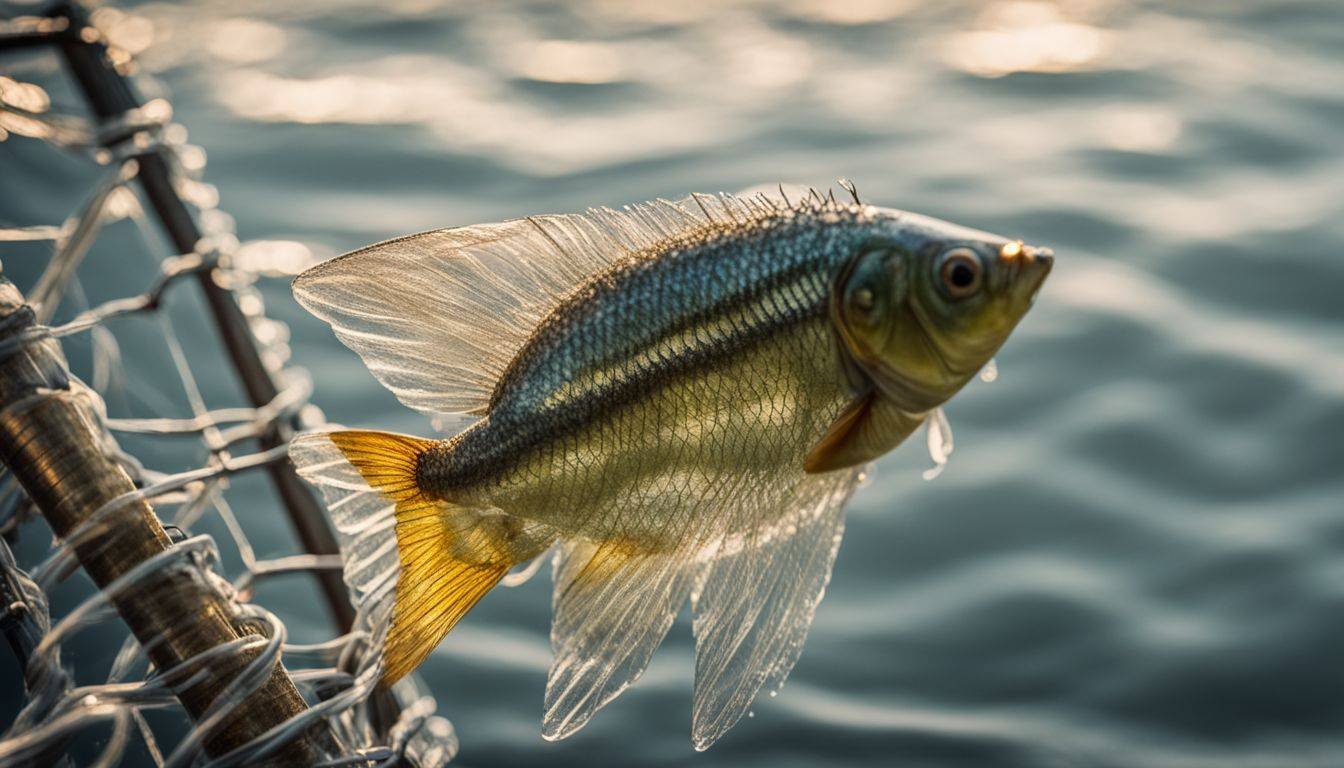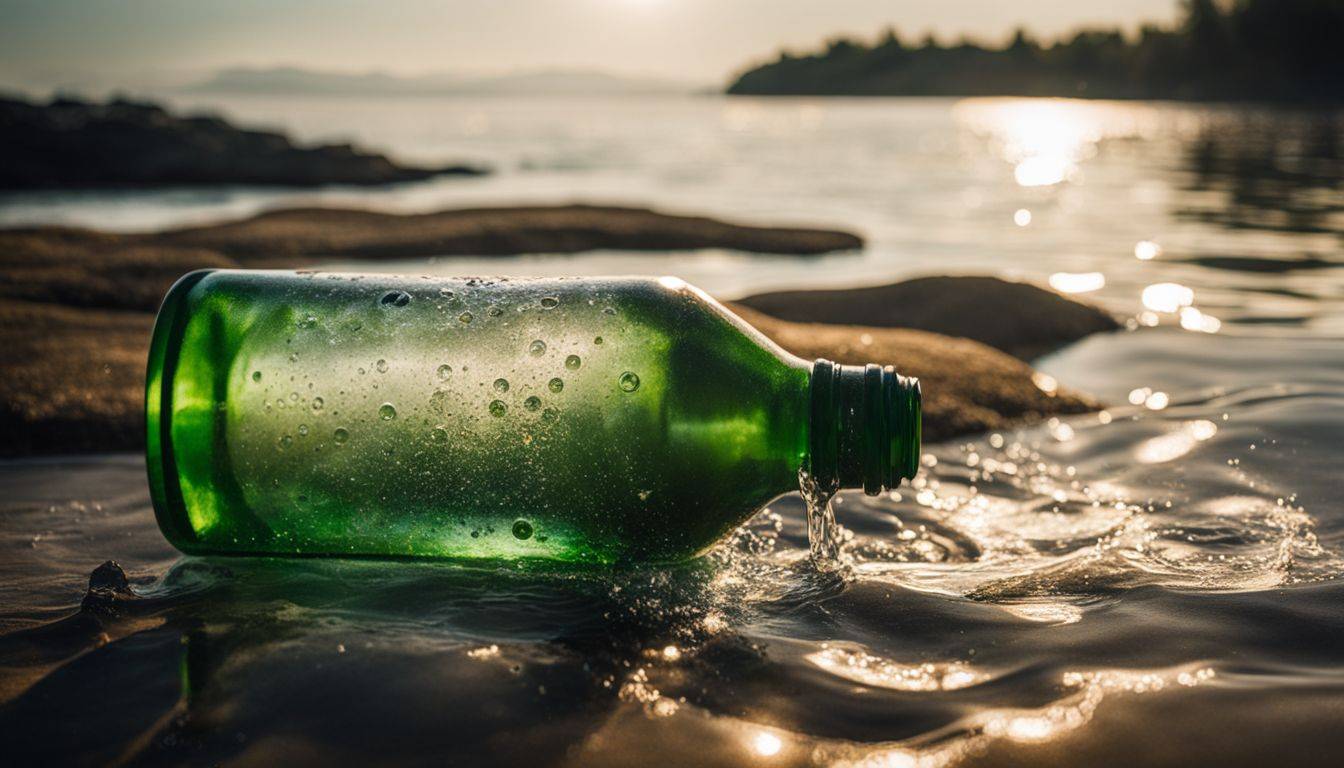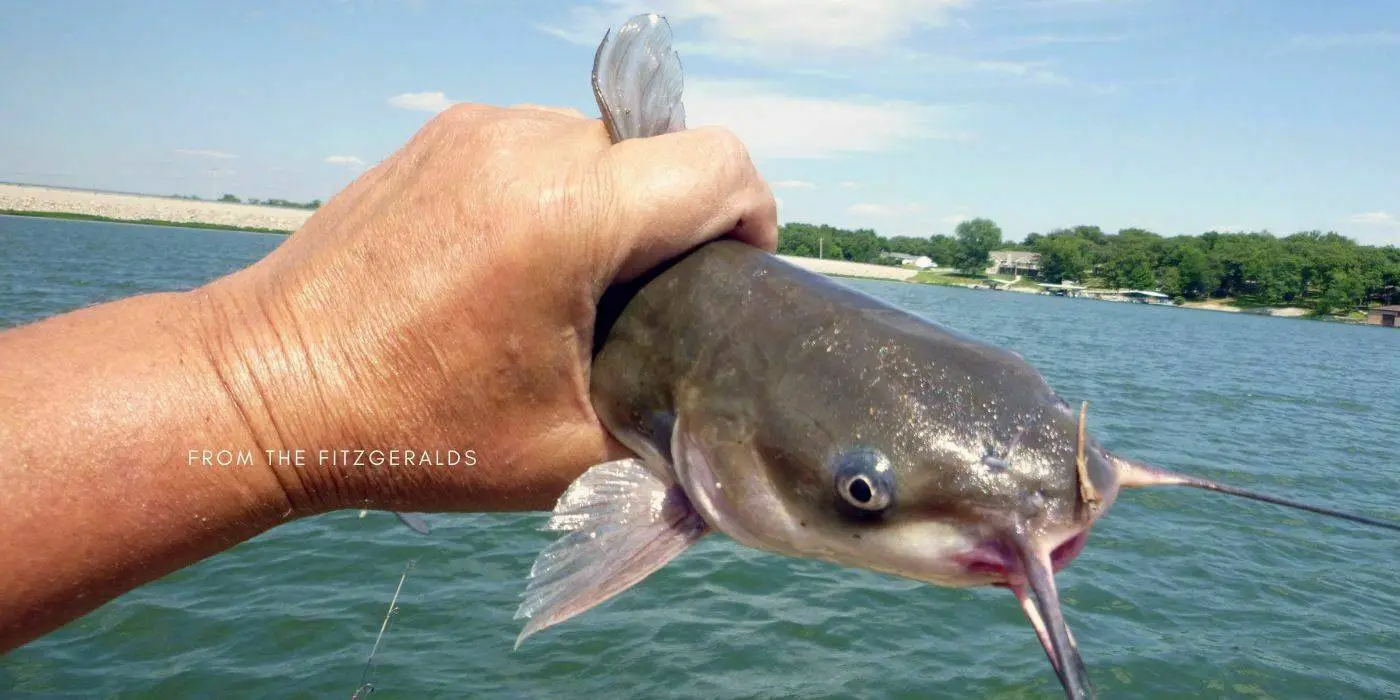Do you ever find yourself daydreaming about the perfect fishing bait? Can’t help but wish there was an easier way to snag those elusive minnows? You’re not alone! Like a fellow angler, I too have grappled with figuring out an affordable and effective method.
With a bit of research and some creative tinkering, I’ve pieced together a homemade solution that’s easy on the wallet and successful in results. In this blog, I’ll be walking you through simple steps on how to craft your very own minnow trap right at home with materials you most likely already have on hand.
So stick around if enticing those slippery little fellas into your bait catch is indeed music to your ears for your next fishing escapade!
Key Takeaways
- Making a minnow trap at home is an affordable and effective way to catch bait for fishing.
- You can create a homemade minnow trap using materials like a 2 – liter soda bottle, galvanized hardware cloth, cord or wire, small rocks or pebbles for weights, and a sharp tool to cut the bottle and poke holes.
- To set up your trap, cut off the top of the soda bottle, poke small holes in it for water circulation, add weights to ensure sinking, add bait such as bread or fish food to attract minnows, place the trap in strategic locations near rocks or trees in shallow water with vegetation, and leave it overnight if possible.
- Remember to check local laws and regulations regarding trapping minnows and handle trapped minnows with care for their well-being.
Materials Needed

Let’s dive into what you need to build a minnow trap at home.
- A 2 – liter soda bottle or a big pickle jar
- Galvanized hardware cloth
- Thin cord or wire
- Something heavy, like small rocks or pebbles for weights
- Sharp tool to cut the bottle and poke holes
https://www.youtube.com/watch?v=21MV2INuAeI
Building the Trap

To build the trap, start by cutting off the top of a 2-liter soda bottle. Then, poke several small holes around the sides and bottom of the bottle for water circulation. Finally, add weights such as rocks or fishing sinkers to ensure that the trap sinks properly in the water.
Cutting the top off a 2-liter soda bottle and poking holes
I am ready to make a homemade minnow trap. You can also do this with ease.
- Get a 2 – liter soda bottle.
- Use a sharp tool to cut the top off the bottle.
- Make sure you keep your hands safe while cutting.
- Once the top is cut off, make around 10 small holes in it.
- Take care while poking holes near the cut edge.
- Heating up an object can assist in making these holes.
- Don’t forget to also cut off the bottom of the bottle.
- This might be easy if you use the same seam as a guide for punching holes.
- Once done with that, poke more holes all over the sides of your bottle.
- These extra holes will make your trap more effective.
Adding weights for sinking
I love making a minnow trap. It’s fun and easy. Let me tell you how to add weight for sinking.
- Look for small rocks around you. You can also use metal bits.
- Put these weights in your trap.
- The trap needs enough weights to sink to the water bottom.
- Don’t add too much weight. The trap should still move a bit with the current.
- Check if the trap is stable after adding weights.
Setting the Trap
To set the trap, add some bait, such as bread or crackers, to attract the minnows. Then carefully place the trap in the water and wait patiently for it to do its job of capturing the minnows.
Adding bait
To attract minnows to your trap, you can add different types of bait. Here are some options:
- Bread: Tear up four or five pieces of stale bread and place them inside the trap. The scent and texture of the bread can lure fish into the trap.
- Fish food: Sprinkle a small amount of fish food inside the trap to entice the minnows with familiar smells.
- Canned corn: Drain a can of corn and place a handful inside the trap. The bright color and sweet smell can attract minnows.
Placing it in the water
To place the minnow trap in the water, follow these steps:
- Submerge the trap completely.
- Place rocks at the bottom of the water to keep it in place.
- Look for areas near rocks or trees where minnows are likely to be attracted.
- Choose shallow water with vegetation for the best results.
- Make sure the trap is in under a foot of water.
Waiting for it to work
Once you’ve set up your homemade minnow trap in the water, it’s time to wait for it to work its magic. This step is crucial because you need to give the trap enough time to attract and catch the minnows.
It’s best to leave the trap in the pond or lake for several hours, preferably overnight if possible. While waiting, keep in mind that minnows are typically found near the shore, around rocks, tree roots, and other hiding spots.
So make sure you choose a strategic location when placing your trap. Be patient and let nature take its course – soon enough, you’ll have a bucket full of live bait ready for your next fishing adventure!
Tips and Tricks
Maximize your minnow trapping success with these expert tips and tricks, including alternative trap options, faster sinking techniques, legal considerations, safety precautions, and suggestions for using the trapped minnows as bait elsewhere.
Don’t miss out on these valuable insights!
Using a coffee can instead of a soda bottle
If you don’t have a soda bottle, no problem! You can use a coffee can as an alternative for making your minnow trap. It’s a cost-effective option that works just as well. While the specific steps of using a coffee can are not mentioned here, you can find other homemade fish traps and even video tutorials online that demonstrate how to make a minnow trap out of screen.
So, if you’re looking for creative fishing solutions or want to repurpose household items for fishing, give the coffee can method a try!
Sinking the trap faster with attached rocks
One helpful trick for sinking the minnow trap faster is to attach rocks to it. By adding rocks to the trap, you can weigh it down and ensure that it quickly sinks to the bottom of the water.
To do this, you can use glue or tie the rocks securely onto the lid or side of the trap. It’s important to make sure that the rocks are fastened tightly so they don’t come off while in use.
By using attached rocks, you can increase the effectiveness of your minnow trap by keeping it submerged and near where minnows are swimming. You can also consider using sand or small gravel as an alternative if you don’t have rocks readily available.
Checking local laws and regulations
Before you start making a minnow trap at home, it’s really important to check the local laws and regulations. Different places have different rules about trapping minnows. If you don’t follow these rules, you could get in trouble and even have to pay fines.
So, before you do anything, take the time to research and understand the fishing laws in your area. It’s a good idea to reach out to your local fishing authorities or regulatory agencies for guidance too.
They can give you all the information you need to make sure you’re fishing legally and responsibly.
Safety precautions when handling trapped minnows
When handling trapped minnows, it’s important to take safety precautions to protect both the fish and yourself. Remember to handle them gently to avoid causing any harm or stress. It is a good idea to wear gloves for your own protection from their sharp fins.
To prevent damage, always handle minnows with wet hands or a wet cloth, especially since their delicate scales can easily be damaged by dry contact. When releasing them back into the water, lower them gently instead of tossing or throwing them.
And don’t forget, proper disposal of any unused bait or dead minnows is crucial in preventing water contamination and preserving the ecosystem.
Suggestions for using the minnows as bait elsewhere.
When you have caught minnows using your homemade trap, there are several ways you can use them as bait elsewhere. One option is to fish with the live minnows near the shoreline, where larger fish often feed.
You can also try using the minnows around rocks or tree roots, as these are common hiding places for fish. Another idea is to cut up the minnows into smaller pieces and use them as attractants on a fishing hook.
By placing a piece of the minnow on your hook, you can entice fish to bite. Remember to always check local laws and regulations before using live baitfish and follow safety precautions when handling trapped minnows.
Conclusion
Now you know how to make your own minnow trap at home! It’s a simple and inexpensive way to catch minnows for fishing. Just follow the step-by-step guide using materials like plastic bottles, rocks, and bait of your choice.
Happy fishing!
FAQs
1. What materials do I need to make a minnow trap at home?
To make a minnow trap at home, you will need a plastic bottle or container, scissors or knife for cutting holes, string or fishing line, and bait such as bread crumbs or small pieces of fish.
2. How do I assemble the minnow trap?
First, cut several small holes near the top of the plastic bottle/container for entry points. Then, attach a string or fishing line to create a handle. Finally, place the bait inside and secure the lid tightly.
3. Where should I place my homemade minnow trap?
Place your homemade minnow trap in shallow water areas such as ponds, creeks, or streams where you have seen minnows before. Make sure it is submerged enough to attract them but still visible for retrieval.
4. How long should I leave my minnow trap in the water?
It is recommended to leave your minnow trap in the water for at least 24 hours to allow enough time for the fish to discover and enter it.
5. How do I retrieve the captured minnows from my homemade trap?
Carefully lift your homemade minnow trap out of the water using the attached handle/string and remove the lid. Gently pour out any captured Minnoes into a bucket using caution not to harm them then release them back into their natural habitat if desired




